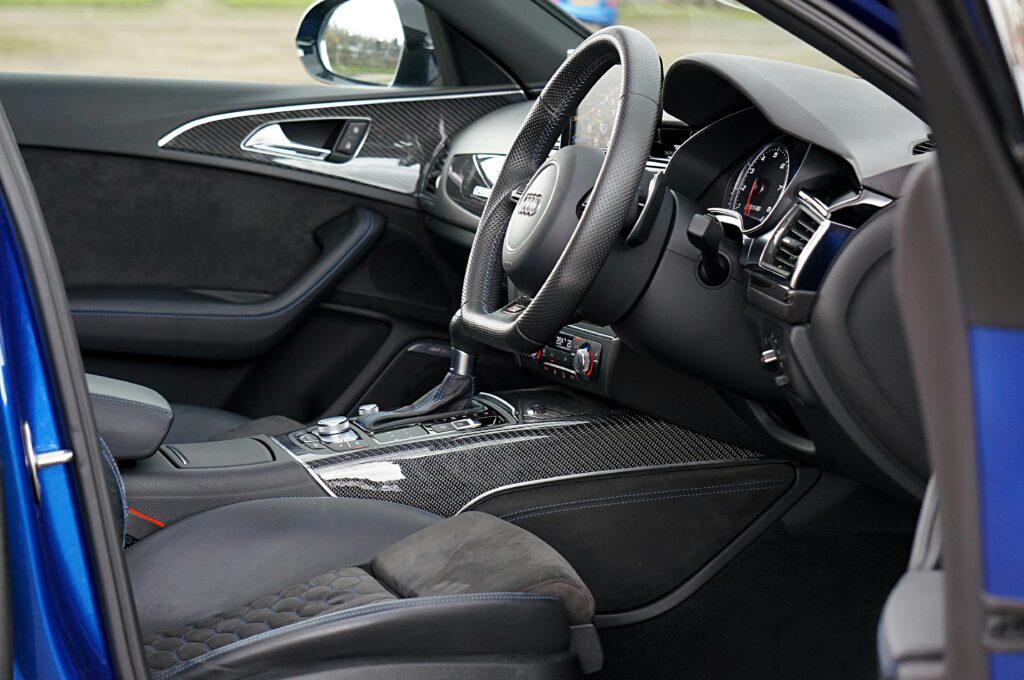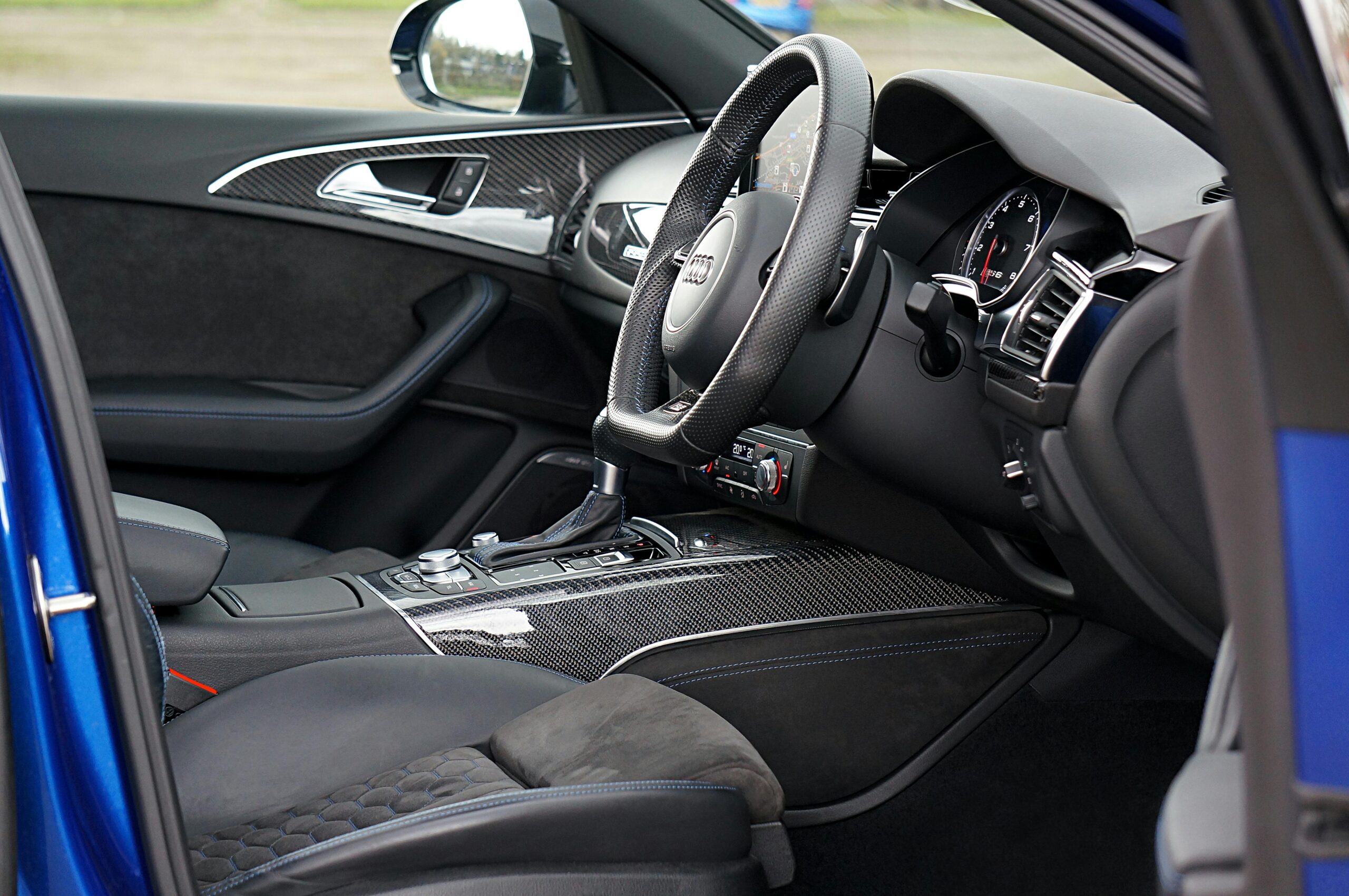Choosing the Best Dash Cam for Your Driving Needs

A dash cam is more than just a cool gadget for your car; it’s an impartial witness that rides along with you on every journey. This small but mighty camera mounts to your dashboard or windshield, recording everything that happens on the road ahead. For any car enthusiast who values their ride, having a reliable record of events can be invaluable, offering peace of mind and crucial evidence when you need it most.
Why a Dash Cam is a Smart Investment for Any Driver
You might be wondering if a dash cam is really necessary. For many drivers, the answer is a resounding yes. These devices offer a range of benefits that go far beyond just capturing scenic drives.
Your Unbiased Witness in an Accident
This is the number one reason most people buy a dash cam. After a collision, emotions can run high and stories can get twisted. A dash cam provides a clear, indisputable video record of what actually happened. This footage can be a game-changer when dealing with insurance companies or legal disputes. It can prove you weren’t at fault, saving you from unfair blame, protecting your driving record, and preventing your insurance premiums from skyrocketing.
Deterring Fraud and Bad Behavior
Unfortunately, “cash for crash” scams are a real problem. Fraudsters may intentionally cause an accident and then blame you to file a bogus insurance claim. With a dash cam recording, you have solid proof to shut down these fraudulent attempts. The mere presence of a visible dash cam can also deter road rage incidents and encourage other drivers to be more cautious around you.
Capturing the Unexpected
The road is full of surprises. A dash cam can capture everything from a stunning sunset on a cross-country trip to a meteor streaking across the sky. For car enthusiasts who love sharing their driving experiences, a dash cam can be a great tool for creating content, recording track days, or documenting spirited drives on scenic routes.
Keeping an Eye on Your Parked Car
Many modern dash cams come with a feature called “parking mode.” When activated, the camera will automatically start recording if it detects an impact or motion while your car is parked. This can be incredibly useful for catching a hit-and-run in a parking lot or identifying a would-be thief. It adds an extra layer of security for your prized possession when you’re not around.
Key Features to Look for in a Dash Cam
The dash cam market is crowded with options, each boasting a long list of features. Let’s break down the most important ones to help you decide what you really need.
Video Resolution: The Clearer, The Better
Resolution determines the clarity of your video footage. While older models might record in 720p, the standard today is 1080p (Full HD). This is a good baseline, offering clear enough video to make out important details in most situations.
For even better quality, consider a dash cam with 1440p (QHD) or 2160p (4K) resolution. The higher the resolution, the sharper the image. This can make a huge difference when you need to read a license plate number from a distance or identify a street sign in your footage. While 4K offers the best detail, it also creates larger file sizes, which means you’ll need a larger memory card. For most drivers, 1080p or 1440p offers a great balance of quality and storage efficiency.
Field of View (FOV): How Much Can It See?
Field of View refers to the angle the camera lens can capture. A wider FOV means the camera records more of the scene in front of you, including adjacent lanes. Most dash cams offer a FOV between 120 and 170 degrees.
- 120-140 degrees: This is a good starting point, capturing the road directly ahead with minimal distortion.
- 150-170 degrees: A wider view like this can capture action happening in neighboring lanes, which is useful for side-impact incidents.
Be aware that very wide angles (above 170 degrees) can sometimes create a “fisheye” effect, where the edges of the video appear curved and distorted. A sweet spot for many is around 140 to 160 degrees.
Night Vision and Low-Light Performance
Accidents don’t just happen during the day. Your dash cam needs to perform well in low-light conditions, at dusk, and at night. Look for models that specifically mention good night vision or feature technologies like Wide Dynamic Range (WDR). WDR helps balance the light and dark areas of an image, preventing headlights from blowing out the picture and keeping shadows detailed. A camera with a high-quality image sensor (like those from Sony STARVIS) is often a sign of superior low-light performance.
Loop Recording: Never Run Out of Space
This is a standard feature on virtually all modern dash cams, and it’s essential. Loop recording means the camera continuously records video in short segments, usually 1, 3, or 5 minutes long. When the memory card is full, the camera automatically overwrites the oldest, non-protected file to make room for the new one. This ensures your camera is always recording without you having to manually clear the memory card.
G-Sensor: Automatic Incident Detection
A G-sensor (or accelerometer) detects sudden changes in motion, such as hard braking, a sharp turn, or an impact. When the G-sensor is triggered, it automatically locks the current video file and saves it in a protected folder. This prevents the crucial footage of an incident from being overwritten by the loop recording feature. You can usually adjust the sensitivity of the G-sensor to avoid it being triggered by potholes or normal bumpy roads.
GPS: More Than Just Location
An integrated or external GPS module adds valuable data to your video footage. It embeds your vehicle’s location, speed, and the time onto the video file. This information can provide critical context in an insurance claim, verifying where and how fast you were traveling at the time of an incident. Some models also use GPS to provide driver-assist features like lane departure warnings or speed camera alerts.
Types of Dash Cams: Which Setup is Right for You?
Dash cams come in a few different configurations. The best one for you depends on your budget and how much coverage you want.
- Single-Channel (Forward-Facing): This is the most common and affordable type. It consists of a single camera that records the road ahead. It’s simple to install and provides the essential front-view coverage needed for most accident scenarios.
- Dual-Channel (Front and Rear): This setup includes a primary front-facing camera and a smaller, secondary camera that mounts on your rear window. It records both what’s happening in front of and behind your vehicle. This is extremely useful for capturing rear-end collisions, which are very common.
- Triple-Channel (Front, Rear, and Interior): This is the ultimate in coverage. It adds a third camera that records the inside of the cabin. This is particularly popular with rideshare drivers who want to document interactions with passengers. It can also be useful for parents who want to keep an eye on a new teen driver.
Installation and Maintenance Tips
Getting your dash cam set up correctly is just as important as choosing the right one.
Installation:
Most dash cams are designed for easy DIY installation. They typically come with a suction cup or adhesive mount for your windshield. The most important part is managing the power cable. You can simply let it hang down to your car’s 12V outlet (cigarette lighter), but for a cleaner look, you can tuck the wire along the headliner, down the A-pillar, and under the dashboard.
For features like parking mode, you’ll likely need to “hardwire” the dash cam to your car’s fuse box. This provides constant power so the camera can operate when the engine is off. While many kits make this straightforward, if you’re not comfortable working with your car’s electrical system, it’s best to have it professionally installed.
Positioning:
Mount the camera high up on the windshield, usually behind the rearview mirror. This placement keeps it out of your direct line of sight while giving it a clear, sweeping view of the road. Make sure the lens is in an area cleared by your windshield wipers.
Maintenance:
Dash cams are low-maintenance, but a few simple checks will keep yours running smoothly.
- Format the Memory Card: Even with loop recording, it’s a good practice to format your SD card every month or two. This helps prevent file corruption and ensures the card is healthy.
- Check the Lens: Give the lens a quick wipe with a microfiber cloth every so often to remove any dust or smudges that could blur the image.
- Verify It’s Recording: Glance at the device when you start your car to make sure the recording indicator light is on. You don’t want to discover it wasn’t working after you needed it.
Choosing the right dash cam is a small step that provides a huge amount of security and peace of mind on the road. By understanding the key features and finding the setup that matches your driving needs, you can equip your vehicle with a silent partner that’s always looking out for you.

